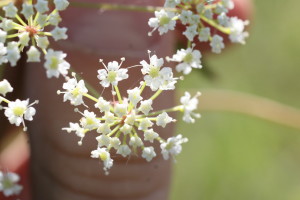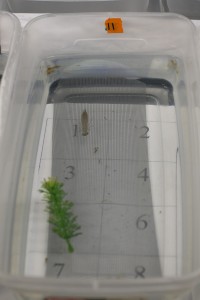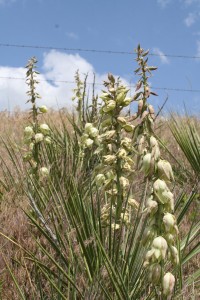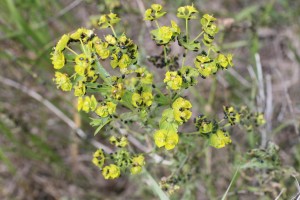When I was working on the native prairie project determining the percentage of invasive species present on WPAs, WMAs, refuge, and wilderness areas in ND, I had the opportunity to cover a vast swatch of prairie and catalog some of the species of gramminoids and forms that grew there.
I didn’t want to disturb some of the more rare species that might not have already been included in herbariums, so I took pictures of a lot of them. For some of the more common plants I took a plant press with me and collected many specimens of common grasses and forbs. The press is a simple device where you smash the plant down between two pieces of acid-free or news paper and then cardboard. On both sides of the cardboard, a piece of rigid wood or wood scaffolding is then bound with straps or screws. As the plant dries in between the sheets, it retains it’s shape and can be glued onto a clean sheet with all the information on where it was collected. The American Museum of Natural History has a great article describing the plant press.
Since it wasn’t feasible to press all of the plants, I took pictures of some of them as a digital catalog. Please check out the images below, and the images in the identification post.



































